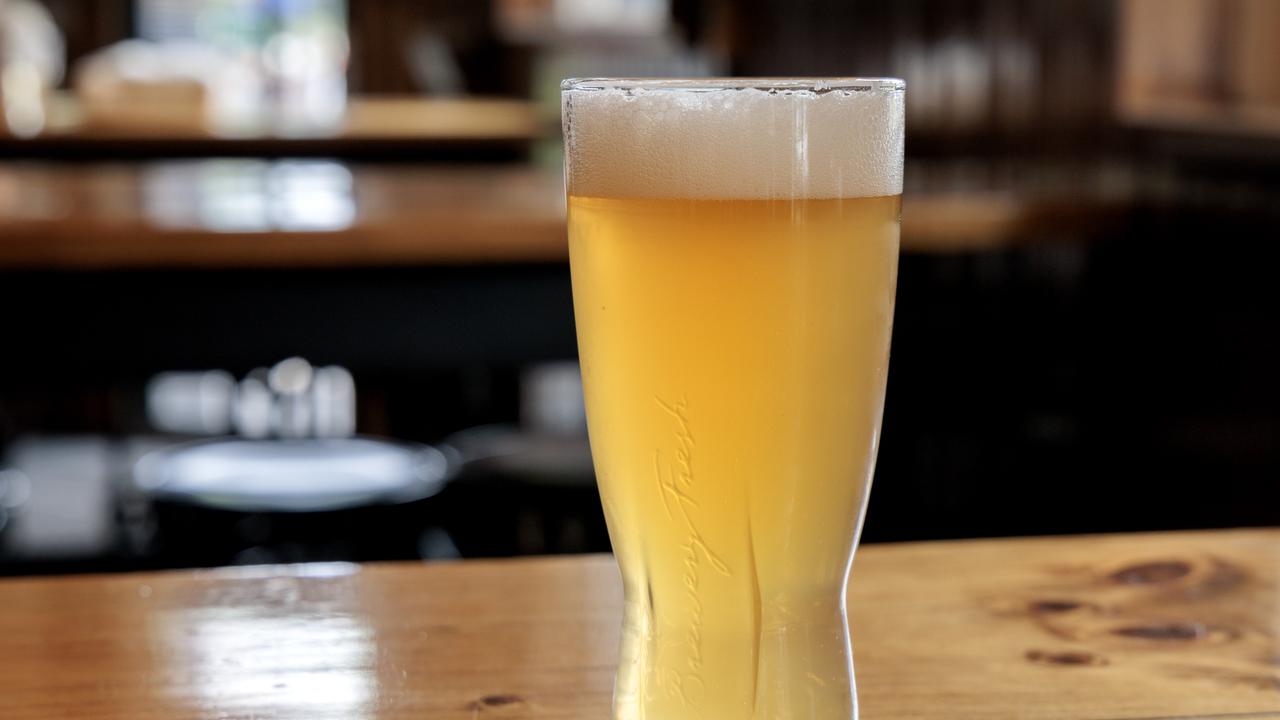[ad_1] We’ve all heard it: “I’m fine, mate”, “It’s only 10 minutes away”, “I’m not coming back for my car tomorrow”.But anyone claiming they’re “fin
[ad_1]
We’ve all heard it: “I’m fine, mate”, “It’s only 10 minutes away”, “I’m not coming back for my car tomorrow”.
But anyone claiming they’re “fine to drive” after a quiet couple of beers might want to think again after seeing the results of a peculiar test undertaken by this Japanese driving school.
Marking 17 years since the tragic drunk driving death of three small children in the city of Fukuoka, authorities opted for an unorthodox approach to getting the message across.
Chikushino Driving School has now begun offering controlled drink-driving experiences as part of a police campaign to convince motorists to never drink and drive.
Two reporters from the local Mainichi Shimbun newspaper took the test to see exactly how just a few drinks can impair someone.
The participants are asked to navigate three road sections, including a slalom, S-bend, and tight curves. First while sober, and then again after a social amount of booze.
One of the reporters, Hyelim Ha, was then told to down a 350ml can of beer, along with cups of umeshu plum wine and shochu spirit over about an hour.
A breathalyser test on Ha indicated an alcohol level of 0.30mg per litre of breath, twice the threshold of 0.15mg.
Despite saying she felt confident to drive, as many do, Ms Ha’s driving ability plummeted. But not in a way that she would immediately notice herself.
Her colleague immediately noticed the lack of consistency and co-ordination of her right foot on the brake and accelerator, as Ms Ha struggled to navigating bollards on the slalom course as accurately as the sober run-through.
The school’s vice head, Shojiro Kubota, had to step in and stop Ms Ha from attempting the S-bend due to her higher speed and lane deviations after drinking.
“Even though [drinking] impairs the skills people need for driving, such as cognitive capacity, judgment and vehicle manoeuvring ability, the driver assumes they are driving safely – that’s the danger of drink-driving,” Ms Kubota said, according to the Mainichi.
The Japanese national police agency points out that drivers who drink and drive without incidents often develop a false sense of invincibility, leading to repeated risky behaviours.
Statistical data cited by the police agency shows that alcohol-involved road accidents are seven times more likely to result in death compared to accidents involving sober drivers.
Deputy Chief Yoichi Furukawa, of the prefectural police‘s traffic enforcement division, stressed the importance of managing risks before drinking, discouraging driving to pubs and emphasising that impaired individuals cannot make rational judgments.
“We are calling on people to properly manage the risks before drinking, such as not driving to the pub in the first place, on the premise that once they are drunk, they are unable to make normal judgments,” he told the newspaper.
Drink driving causes approximately 30 per cent of fatal crashes in Australia, with over one in four drivers and passengers killed showing a blood-alcohol content over the legal limit.
In 2022, there were 1192 road fatalities in Australia, marking a 5.6 per cent increase on 2021. While fatalities have generally decreased over the past decade, from about 1300 to 1100 per year, there were 107 deaths on Australian roads in March alone.
[ad_2]
Source link



COMMENTS